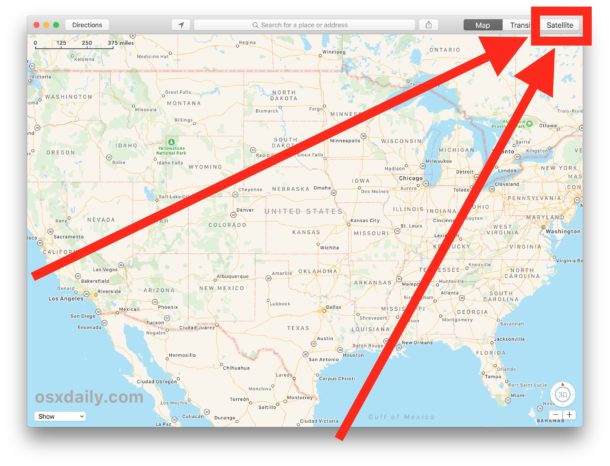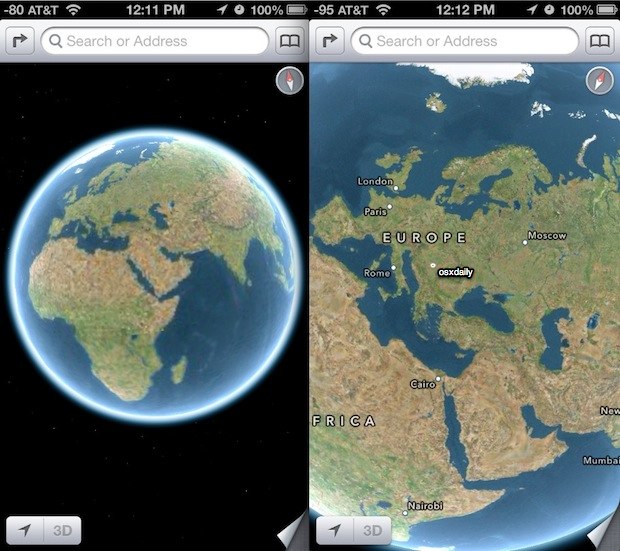
↩︎ģ These building height regressions are surprising because they contradict TechCrunch’s claim that Apple’s buildings are now “ more accurate”: Better road networks, more pedestrian information, sports areas like baseball diamonds and basketball courts, more land cover, including grass and trees, represented on the map, as well as buildings, building shapes and sizes that are more accurate. ↩︎Ģ As recently as 2016, these two buildings were San Francisco’s second and third tallest. And all screenshots of Apple’s new map were taken between Septemand September 24, 2018.īy the time you read this, Apple’s map may have changed. Unless otherwise noted, all screenshots of Apple’s old map were taken between Septemand September 17, 2018. And this is a problem for Apple because AR is all about labels- but Apple’s new map is all about shapes.ġ Apple’s new map was released to the public on Septemas part of iOS 12. What the shape on the surface of Loch Ness in that satellite image does resemble, however, is the wake of a small boat something that even the Nessie Fan Club folks acknowledged upon spotting the figure in Apple Maps.Unless they’re already listed on Yelp, none of the shapes Apple has added appear in its search results or are labeled on its map. The thing is, this doesn't exactly match-up with the image of the Loch Ness Monster of lore, which reportedly looks something more like a long-necked dinosaur. It certainly appears that a massive, 65-foot catfish lurks just below the surface of the loch.

Apple Maps' satellite images are largely provided by DigitalGlobe.Īt first glance, the figure in the image is distinctly fishy in more ways than one.

The strange figure appears only in Apple Maps and is not seen in other mapping applications like Google Maps. Nessie enthusiasts from the Official Loch Ness Monster Fan Club recently spoke with UK tabloid the Daily Mail, pointing the world's attention at a satellite image of the loch that appears to show a monstrous creature swimming near the surface. Apple Maps may have had trouble getting all of its users' to their destinations in its early days, but it managed to re-ignite enthusiasm in one of Europe's longest-running modern legends: The Loch Ness Monster.


 0 kommentar(er)
0 kommentar(er)
